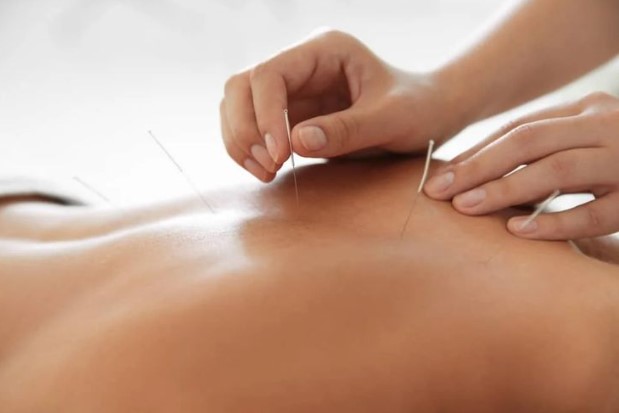Pain can limit movement and make even simple tasks feel challenging. Stiff joints, sore muscles, and chronic discomfort often reduce flexibility. Finding effective ways to manage pain is crucial for regaining freedom of movement. Integrating holistic treatments into your routine can complement traditional therapies and support better mobility over time.
Acupuncture For Pain and Its Role in Flexibility
Acupuncture for pain involves inserting fine needles into specific points on the body to stimulate healing. This ancient technique helps release endorphins and improve blood flow. By reducing pain in targeted areas, it allows muscles and joints to move more freely. Many patients report a noticeable improvement in their flexibility after consistent acupuncture sessions for pain management.
Enhancing Muscle Function With Acupuncture for Pain
Muscles often tighten as a protective response to pain, limiting overall mobility. Acupuncture for pain works to relax these tight muscles and reduce inflammation. As tension decreases, the body can stretch and move more naturally. Over time, this improved muscle function supports a wider range of motion and contributes to overall flexibility.
Supporting Joint Health Through Pain Management
Chronic joint discomfort can severely restrict mobility. Acupuncture for pain can help address underlying inflammation and stimulate circulation around joints. By alleviating stiffness, joints become easier to move. By relieving pain, reducing muscle tension, and supporting joint health, it allows the body to move more freely. This allows individuals to engage in daily activities and exercises with less discomfort, gradually improving joint flexibility and resilience.
Incorporating Acupuncture Into a Movement Routine
Pairing acupuncture for pain with light exercises or stretching routines can maximize benefits. When pain is reduced, the body responds better to physical activity. Gentle yoga, resistance training, or mobility exercises can complement acupuncture sessions, promoting a more flexible and agile body. This combined approach accelerates progress and supports long-term movement health.
Mental and Emotional Benefits of Pain Relief
Pain is not only physical—it can affect mood and motivation. Acupuncture for pain can reduce stress and tension, helping the mind and body feel more balanced. With less mental strain, individuals are more likely to engage in movement and exercise, which further supports flexibility. Feeling good physically often leads to feeling better emotionally.
Lifestyle Practices That Enhance Acupuncture Results
Healthy habits can amplify the effects of acupuncture. Proper hydration, balanced nutrition, and consistent sleep help the body respond better to treatment. Mindful movement practices, such as stretching or tai chi, complement acupuncture for pain, enhancing mobility gains. Over time, these small lifestyle changes help maintain flexibility and reduce the risk of future pain.
Conclusion
Acupuncture for pain is more than a temporary fix—it’s a tool to improve mobility and flexibility. By relieving pain, reducing muscle tension, and supporting joint health, it allows the body to move more freely. Combining acupuncture with mindful exercise and healthy habits can create lasting benefits. For anyone struggling with restricted movement, exploring acupuncture as part of a holistic approach may unlock a more flexible, active, and pain-free lifestyle.

